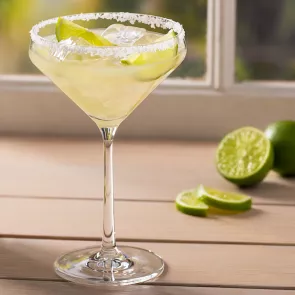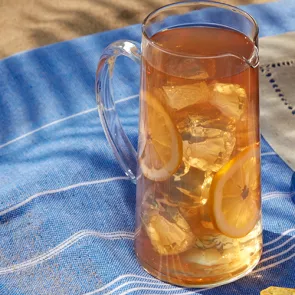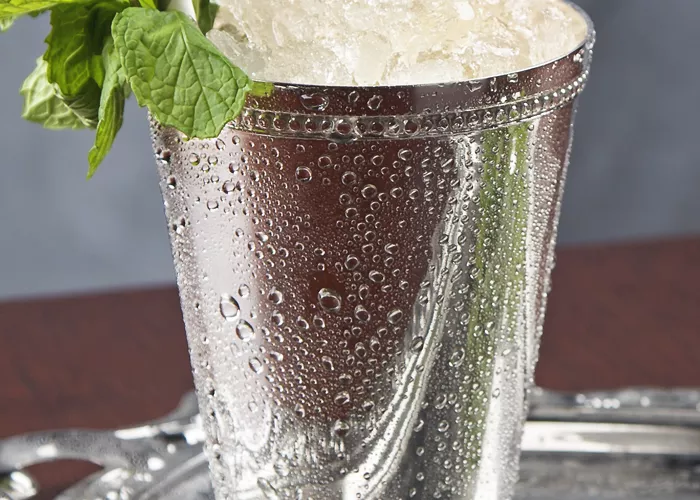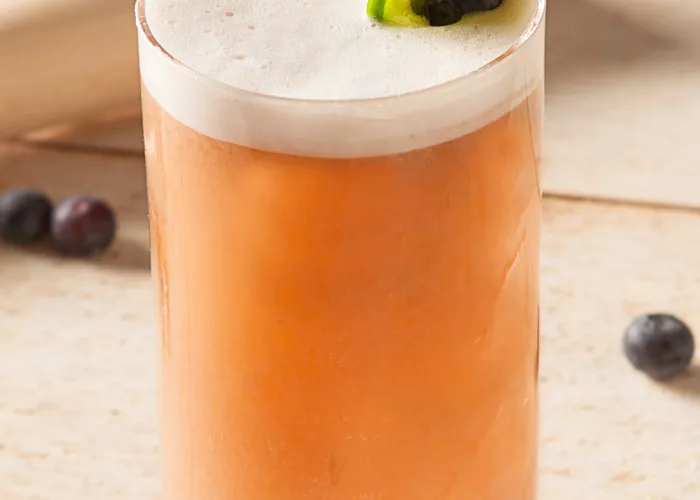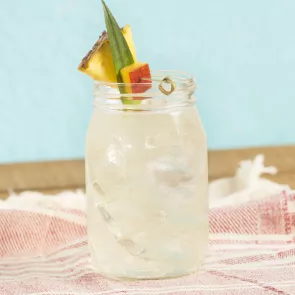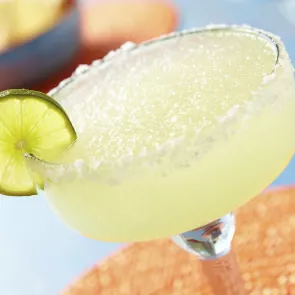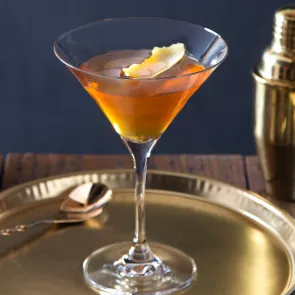Trending Recipes
Sign up for free
Save Recipes
Save one or more drink recipes anytime then easily access them on your personal Dashboard page when you are ready to make your drink recipes.
CREATE SHOPPING LISTS
No need to double back to the store! Keep all those important ingredients on hand, so when you shop at a store you have a quick access to this shopping list.
LIKE YOUR FAVORITES
Show your appreciation for the drinks you love. Add as many of your favorite Cocktail Recipes and always have access to them.








